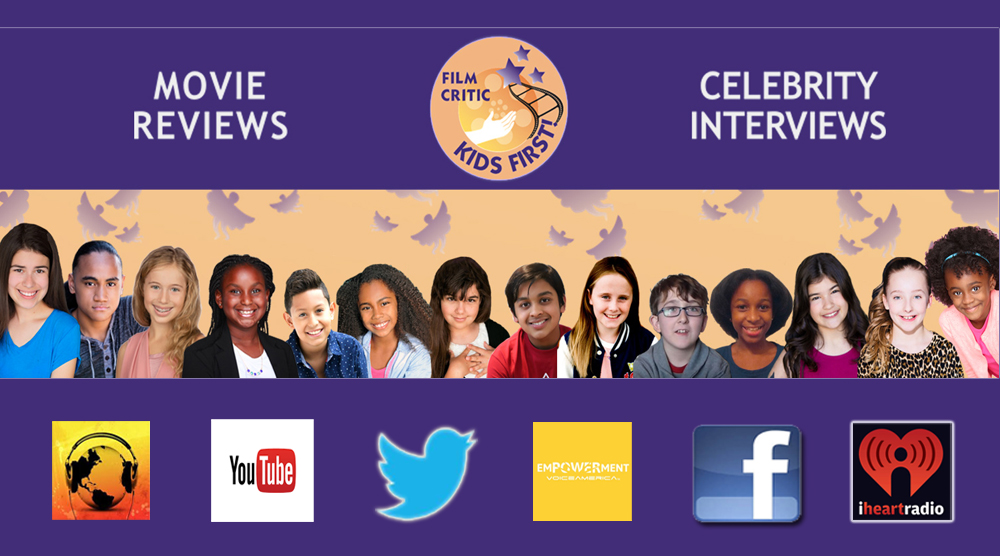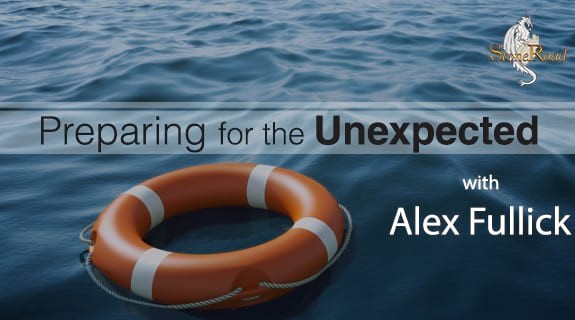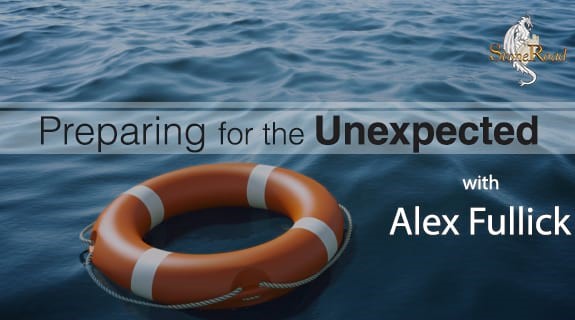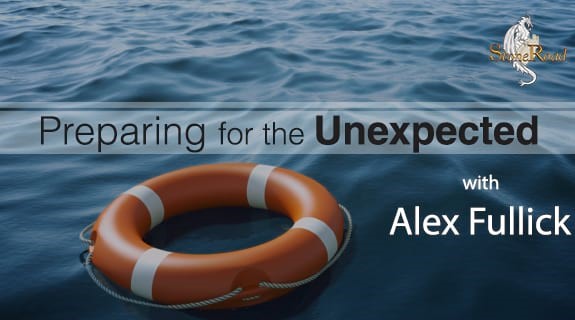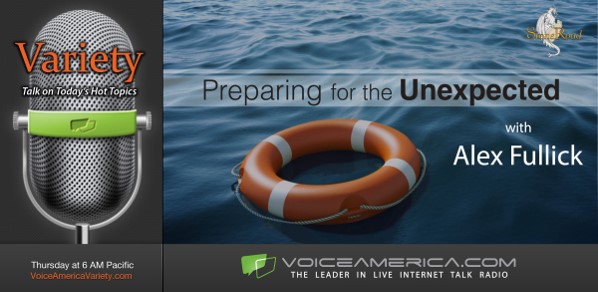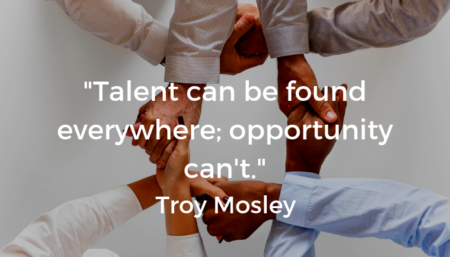Build Your Tribe: Navigating Uncertainty with Support and Grace
When speaking to Nora Miller, President of Mississippi University for Women, on my...
Read Moreby Stephanie Duguid | Nov 27, 2023 | Empowerment, VoiceAmerica | 0 |
When speaking to Nora Miller, President of Mississippi University for Women, on my...
Read Moreby Kids First | Jun 9, 2023 | Kids, Movie Reviews | 0 |
Seven foster kids are heartbroken when they learn that their group home has been sold and they are...
Read Moreby VoiceAmerica | Nov 26, 2021 | Business | 0 |
Join me Feb 3/21 at 1pm EST! What opportunities are there in the Resilience / Business Continuity...
Read Moreby VoiceAmerica | Nov 26, 2021 | Business | 0 |
Join me Feb 10/22 at 1pm EST! Diversity & Inclusion is good for you, for your community, and...
Read Moreby VoiceAmerica | Nov 26, 2021 | Business | 0 |
Join me Feb 3/22 at 1pm EST! What opportunities are there in the Resilience / Business Continuity...
Read Moreby VoiceAmerica | Jan 28, 2021 | Variety | 0 |
Join me August 19/21, 9am EST! Organizational Resilience is so much more than what we think. Have...
Read Moreby VoiceAmerica | Nov 23, 2020 | Business | 0 |
To receive the weekly blogs via email, please sign-up here. This blog is written by Maureen...
Read Moreby VoiceAmerica | Apr 1, 2020 | Business | 0 |
To start or to continue receiving the weekly blogs via email, please sign-up using this link:...
Read Moreby VoiceAmerica | Oct 18, 2018 | Business | 0 |
This is a guest post by Troy Mosley. It is the companion to the Voice America interview...
Read Moreby VoiceAmerica | Jan 31, 2017 | Empowerment, Kids | 0 |
Teens talk and the world listens every Tuesday NOON PT on the Voice America Kids Network. Produced...
Read Moreby VoiceAmerica | Mar 18, 2015 | Variety, VoiceAmerica | 0 |
The Bender Virtual Career Fair: Employment for People with Disabilities on  Tuesday, 4/14/2015...
Read More


